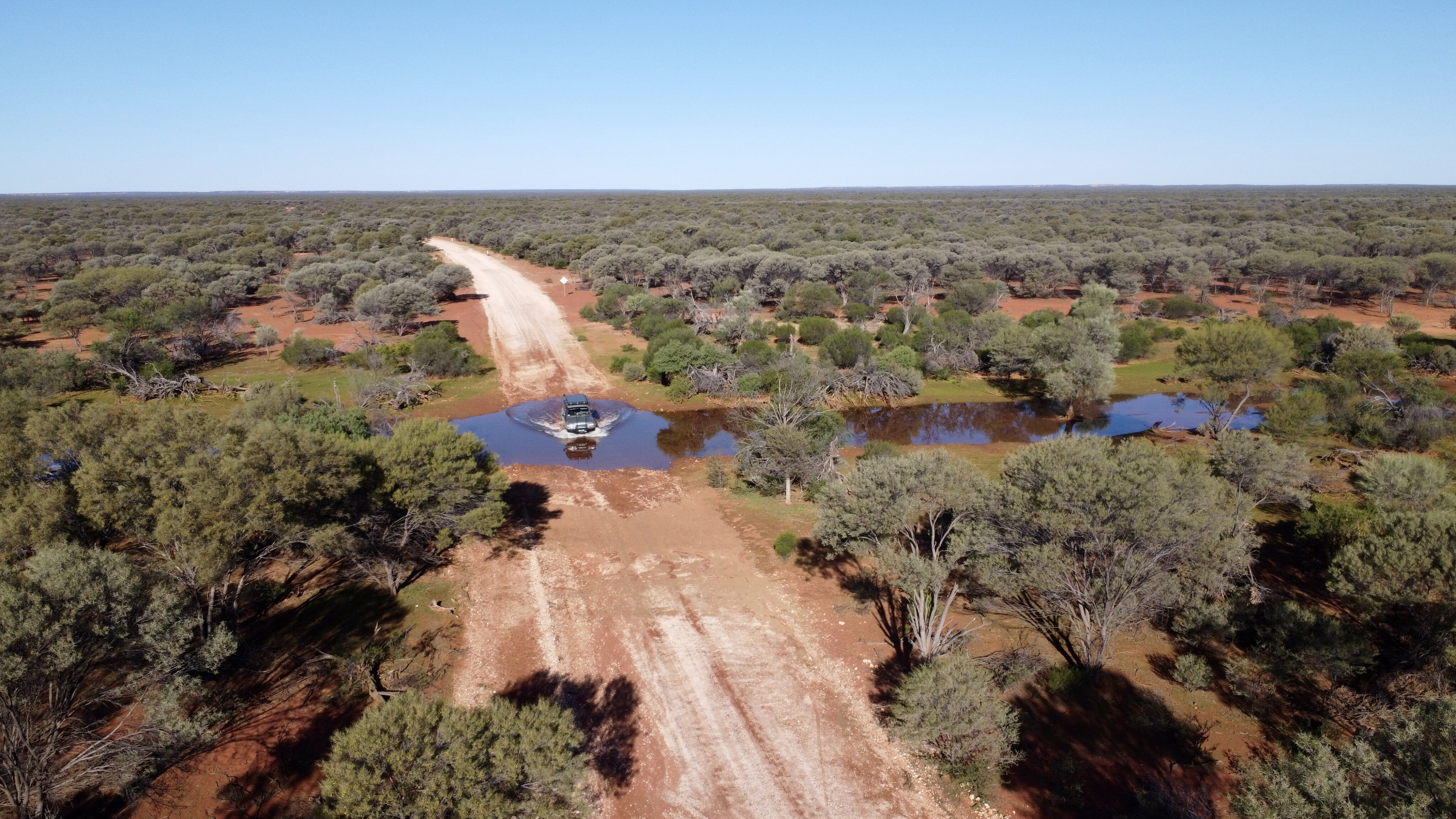
In this remote part of Western Australia the skies appear an iridescent blue for most of the year and the landscape shimmers through the warm daylight hours.
However, as the sun drops towards the horizon, this rugged, ancient place comes alive with a golden hue that hangs around until the sun disappears.
The landscape here dates back 4.5 billion years, making it one of the oldest on earth, where unique and ancient formations have created massive geological displays across the Murchison region. Combine this with meteorite strikes, thousands of years of human history and more than 20 culturally significant sites, I just had to head check it out for myself.
Explore

Mount Magnet
My trip started at the sleepy town of Mount Magnet, 350km east of Geraldton, which is the oldest continuous gold mining town in WA.
The town was named in 1854 by surveyor Robert Austin when ground rocks played around with his compass as he was passing through the area. Not knowing the wealth that the place had to offer, it wasn’t until 1891 when a bushy lost his swag that gold was discovered here… a lot of gold. There was so much found on the first day that it was said they were digging nuggets up like potatoes.
Poverty Flats was soon covered with prospectors who had heard of the new strike and from this the town grew rapidly with 14 hotels, two newspapers and more than 30 registered mines. The town quietened down during WWI when miners left for the war but soon raised its head when more gold was found some 20 years later.
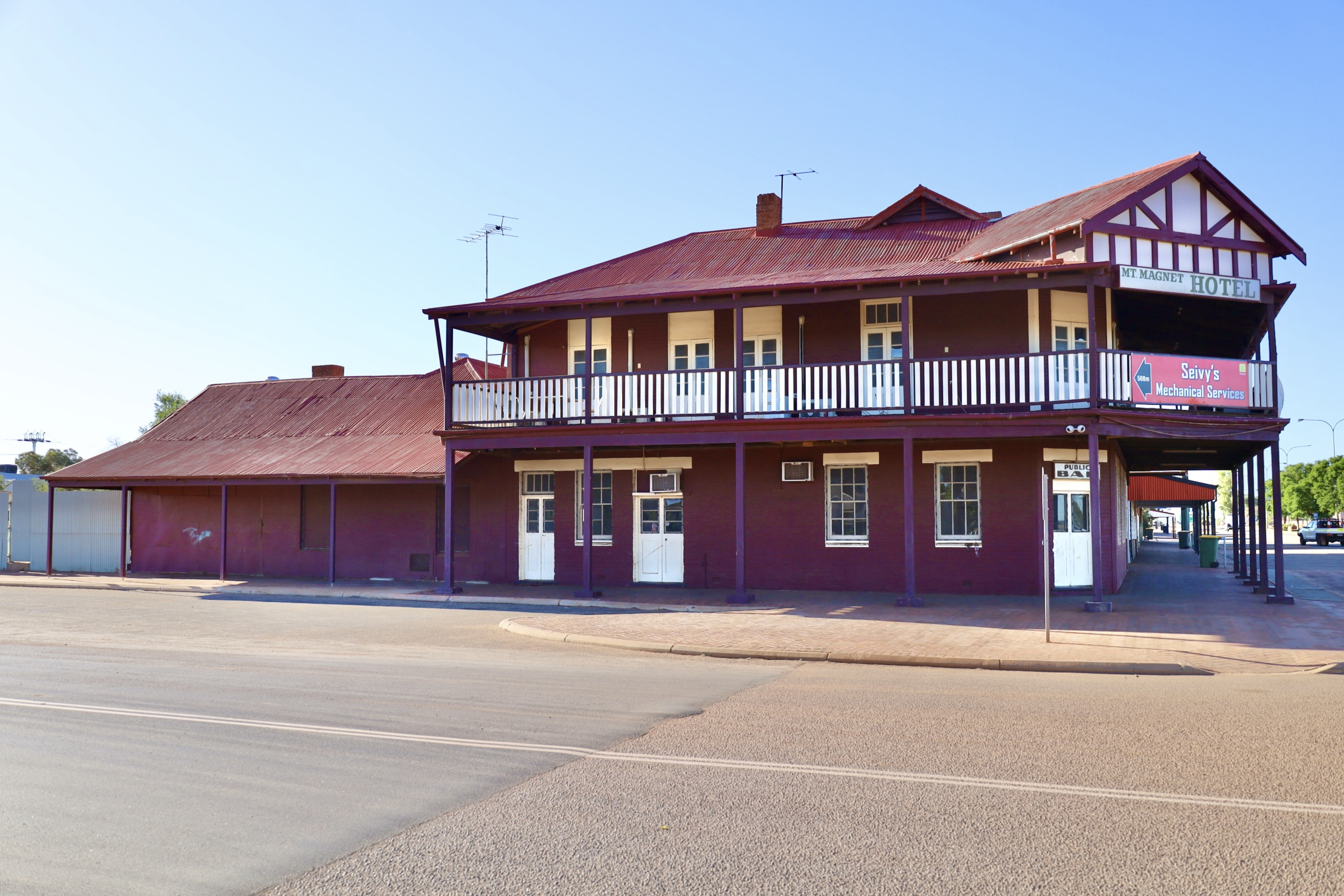
In town you will find plenty of heritage buildings, a visitor information centre and a heritage walk that helps you get a feel for the place before heading out. Around town there’s a 40km self-drive tourist trail where outback travellers can explore the history and natural attractions of the area.
North of the town there is plenty to explore including The Amphitheatre, a cave where Archean Rocks have been weathered over 3 million years, and The Granites, where striking Aboriginal art has been found and where Aboriginal women should not view the rock paintings – this is of significant importance to the Badimaya People.

Up the road a sign displays where Lennonville once was, a rich gold area from 1897 to 1905 with a population of over 3000, but now consists of nothing more than a rail siding, scattered iron on the ground and bushes where buildings once stood.
Leaving the Mount Magnet area, I headed nearly 200km north towards the isolated and historical town of Meekatharra. Along the way I was surprised to see a sign pointing towards a meteorite strike.
The Dalgaranga Crater is Australia’s smallest impact, where at 24m across and 3m deep it looks just like a divot in the ground. This was one of the first such strikes ever recorded in Australia when a stockman found it in 1921, and estimates suggest it is about 3000 years old.
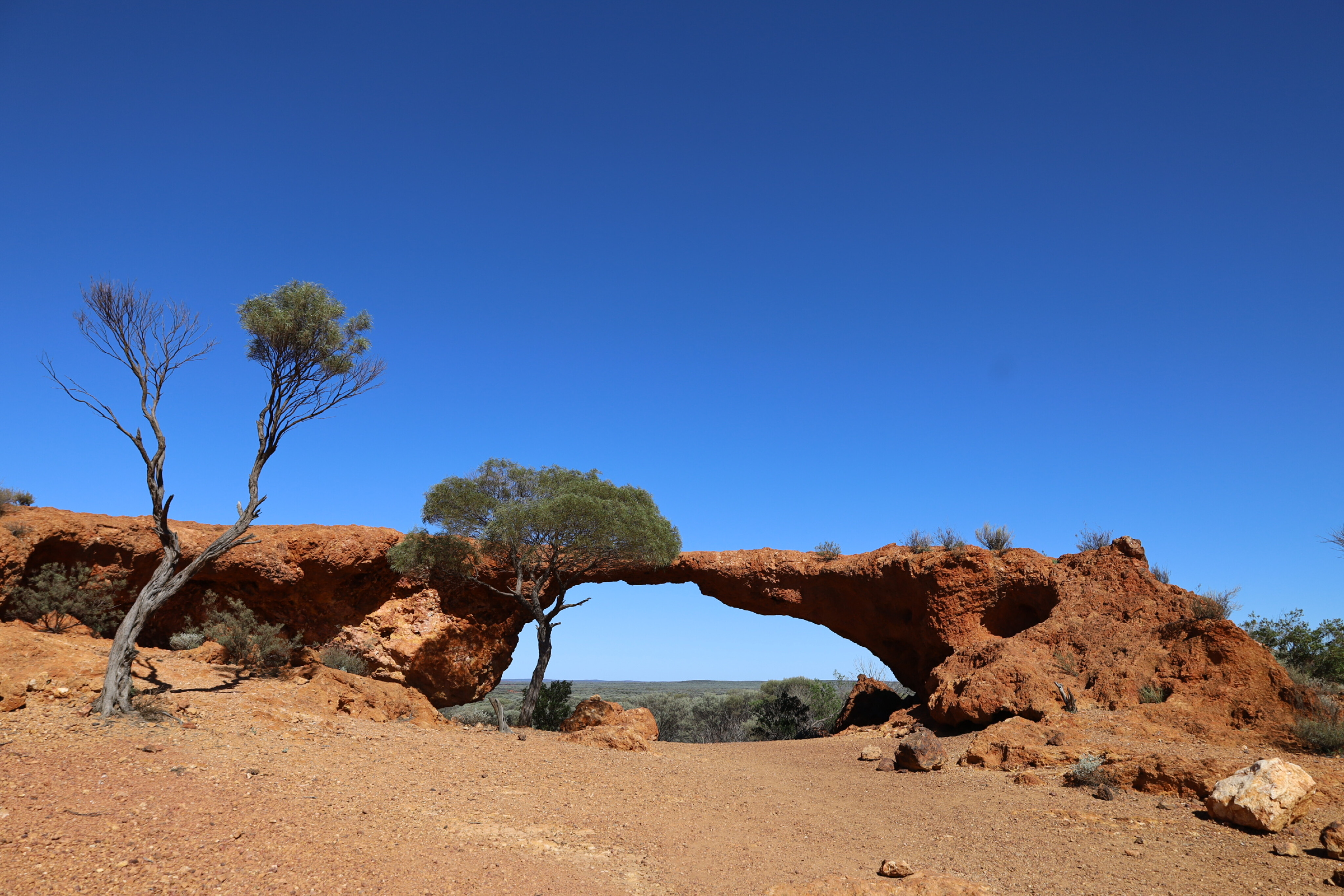
I stopped in at Cue, which is known as the Queen of the Murchison and where more than 10,000 people once lived.
The town now is little more than a quiet reminder of the past. Beautiful old buildings are empty, the streets are quiet yet there’s a sense of pride where people have made their fortunes in the rich reefs that are now abandoned.
Around town there’s plenty to see and do, especially some stunning rock art that depicts white, square rigging sailing ships all with masts, portholes and men. Bear in mind, this art is more than 300km from the coast. This is also the location of the massive Wilgie Mia Aboriginal Ochre Mine, which has been used for over 1000 years and from which an estimated 40,000 tonnes of ochre has been mined.
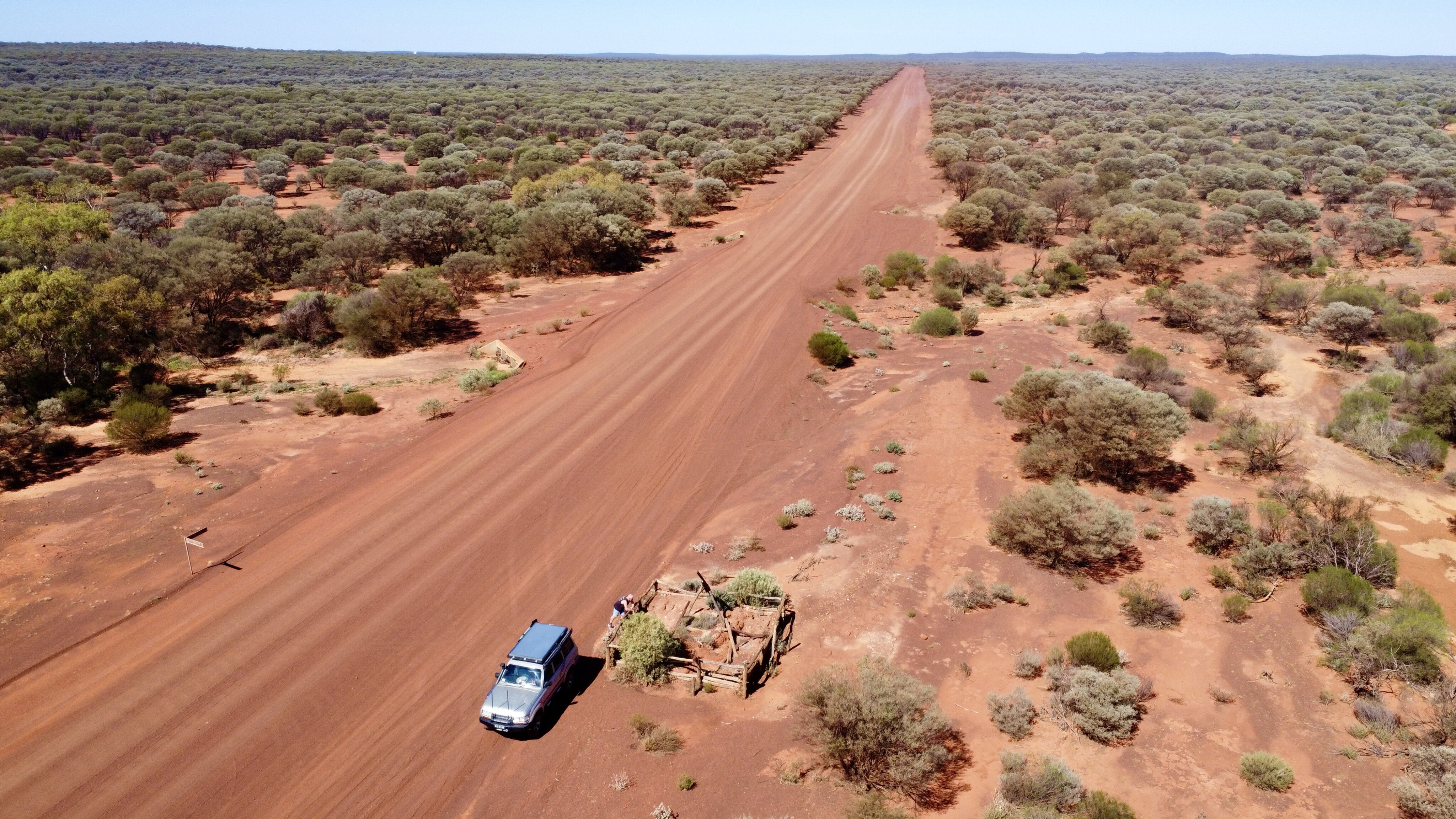
Lake Nallan nature reserve is a desert lake that dries up each year but if you’re lucky enough to see it full, it will be thriving with birdlife.
Beyond Cue is the Big Bell mine site; the original town is now deserted and along its old streets rubble and relics lay strewn on the ground. A major attraction here is the derelict Big Bell mine hotel, with its multi-floor skeleton still standing today. A sign displays the old town’s street, shops and activities.
My next appointment was at Afghan Rock, which is a huge granite outcrop that rises 450m above sea level and I’d estimate to be more than 100m wide. The waterholes around the rock here were used by cameleers from 1894 to water their beasts.
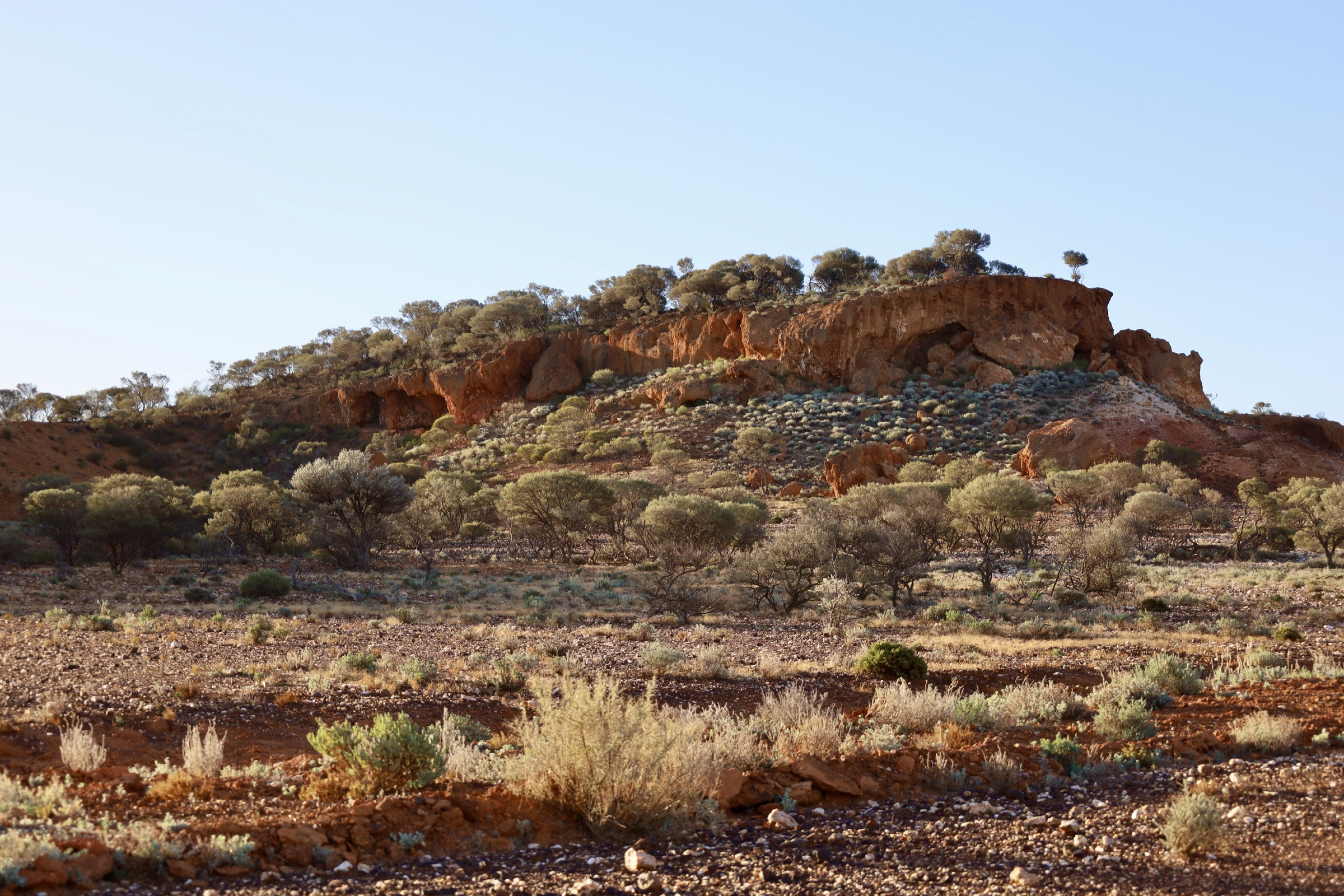
Meekatharra
My next stop was at Meekatharra. A small amount of gold was found here in 1854 but it wasn’t until the 1890s that richer goldfields were discovered.
New settlements popped up in the surrounding area and huge stampers were set up to crush the hard rock, while pastoral stations were established.
A rail line was laid to town which helped to bring in supplies and passengers, and was used to ship wool and manganese out.
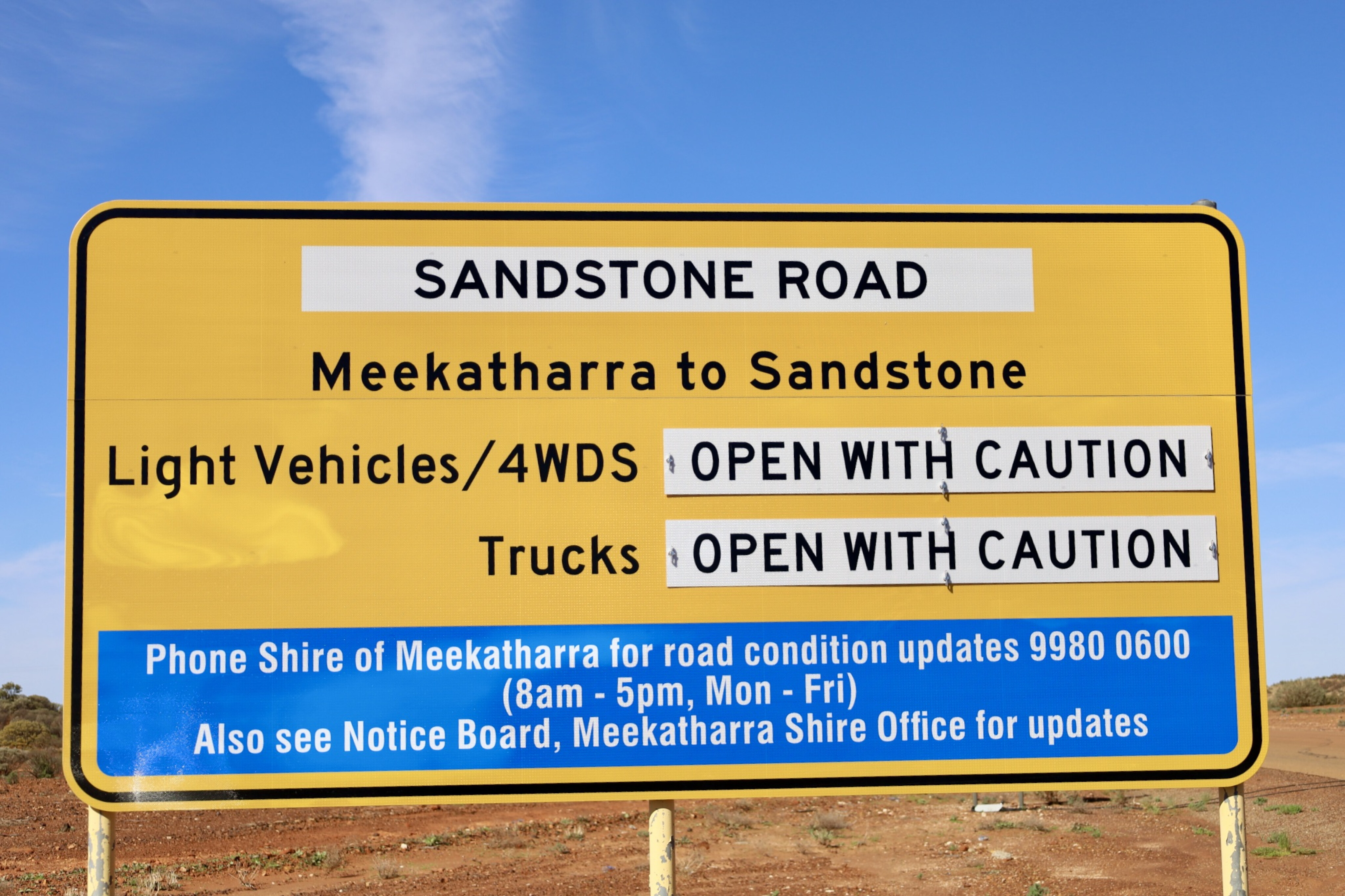
Meekatharra offers plenty to see and do with a heritage trail, old ghost towns to explore in the hills, a lookout where you can view the vast landscape towards the central desert, a gold stamper and a visit to the RFDS School of the Air.
A popular camping spot is 7km out of town at Peaceful Gorge that is situated between mountains of granite rocks. It’s here in the afternoon sun that these rocks glow a vibrant red.
Meekatharra is a dry town in a semi-desert area and it’s known as ‘the place of little water’. It’s also where a route was opened up in 1906 towards the East Kimberly, now known as the Canning Stock Route.
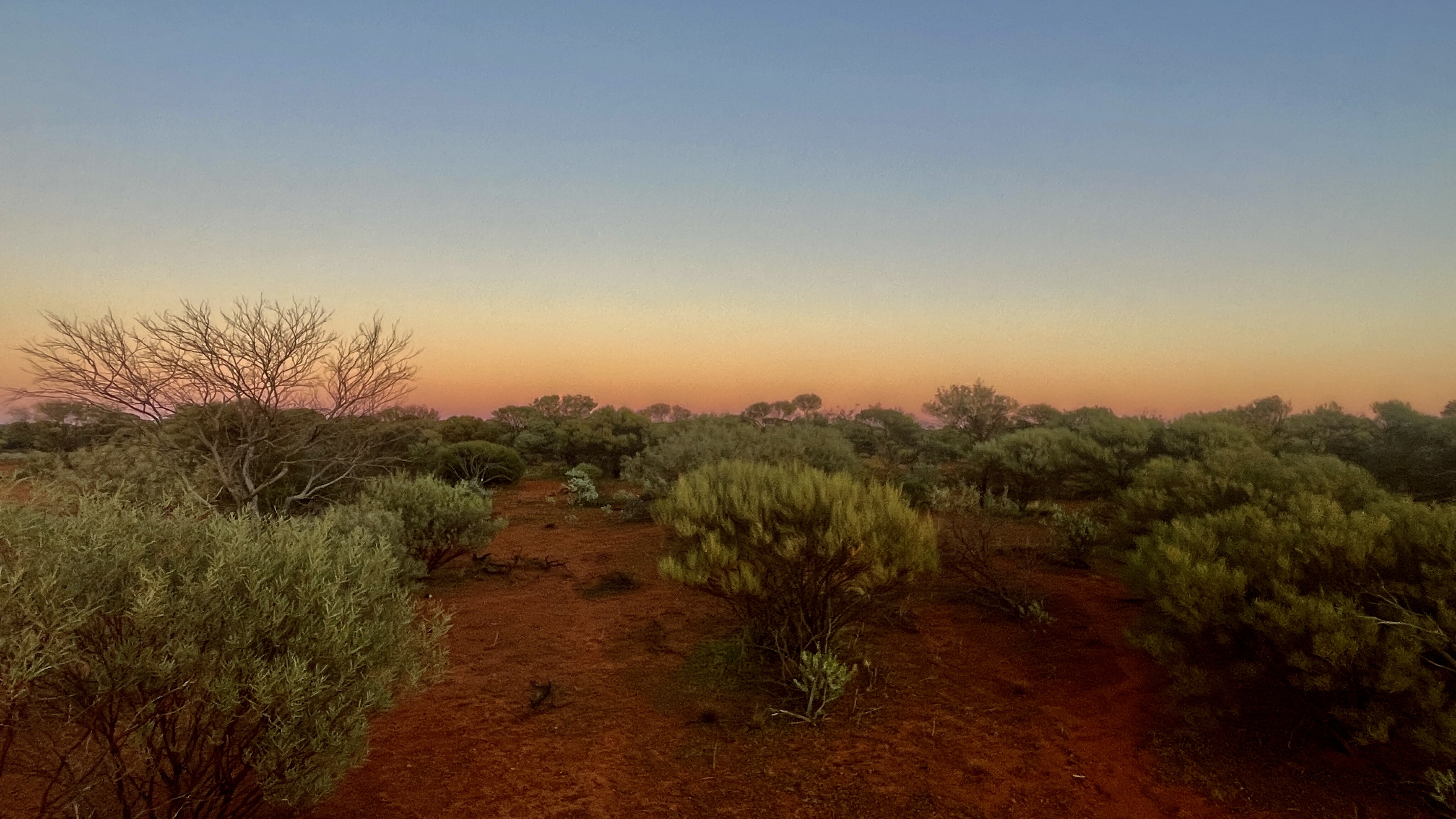
Sandstone
Leaving Meekatharra, travelled a further 200km down to Sandstone to explore the rich mining and natural history of this region.
The first known European to pass through the area was John Forrest in 1869 when he was out searching for explorer Ludwig Leichhardt’s remains, who was presumed dead somewhere in the area. In 1894 gold was discovered here, opening the area to other prospectors until commercial operations started just after the town was gazetted in 1906.
But when war broke out, many miners left and never came back, while others saw the town declining and simply just walked away. The town’s population quickly diminished to less than 200, and today it’s a service town for the huge stations that surround the area.

Called the Sandstone Heritage Trail, there is a self-guided drive around the town that takes in the amazing geological wonders and heritage sites to be found here.
From London Bridge and its weathering archway, where views across the vast desolate plains shimmer all year round, to the old Sandstone Brewery, which was carved into the hard rock back in 1907.
The brewery was constructed by cutting a huge hole in the rock, which created a natural cellar, and another hole in the roof of the cave allowing for easy access to the hotel up the top.

This enabled the beer to be kept cool for the miners in even the hottest of summers.
A gold Battery that was dragged for hundreds of miles to the goldfields by donkeys and bullocks was set up nearby at Paynesville. It worked hard producing 115,800 ounces of gold right up until 1982.
The Murchison district is a vast area holding onto secrets from the past and with its natural history dating back 4.5 billion years I reckon there’s still plenty more to be discovered.
Fast facts
Where
The Golden Outback that includes Meekatharra, Sandstone and Cue is located nearly 800km northeast of Perth and 535km east of Geraldton in WA’s mid-west. It is the largest centre in the Murchison area.
What to see and do
This is a hot, dry and barren place where gold was discovered in 1896. Today, the area is still mined for gold, while large livestock properties cover the vast landscape. There are heritage walks, a discovery trail, cultural history, peaceful campsites to enjoy and prospecting for gold is permitted… with a permit.
Other information
Meekatharra, Cue and Sandstone are part of WA’s Golden Outback Road Trip where you can experience the unique and ancient landscape dating back some 4.5 billion years. All three towns have information centres where you can learn about the history of the area and explore relics from the past.
There’s a stack of information on the gold rush era, heritage sites, road conditions and more at www.australiasgoldenoutback.com [↗️].
Winter is the best time to visit thanks to cool nights and sunny days. During summer, daytime temperatures can become extremely hot and with that comes hordes of flies.

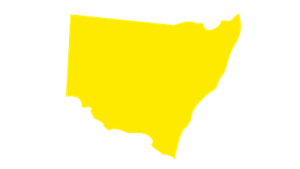







COMMENTS